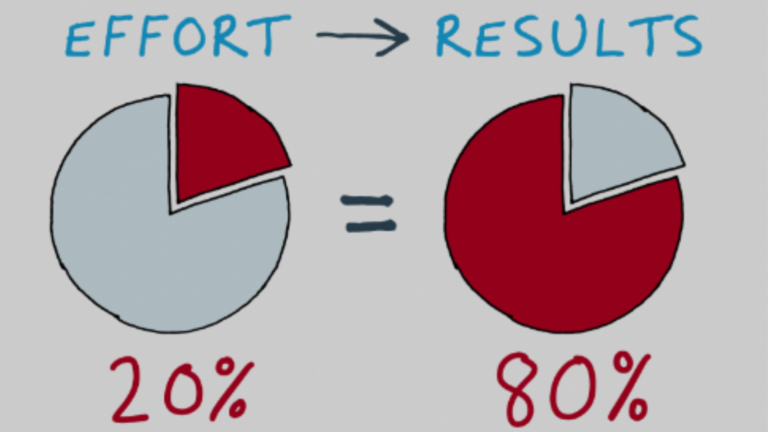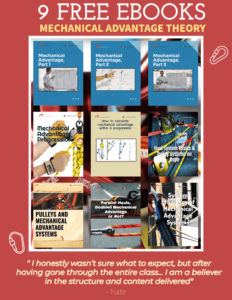20-80 Rule in Knot Tying and Rigging
Introduction
In rescue operations, the 20-80 rule plays a pivotal role in efficiency—20% of the essential techniques address 80% of rescue scenarios. This is particularly true when it comes to knot tying and rigging, where focusing on core skills can significantly improve operational performance. In this blog, we’ll explore how key knots and rigging setups can streamline efforts across various rescue environments while also keeping SEO optimization in mind.
1. The Key Knots: The Core 20%
Rescue operations depend heavily on a few vital knots that provide versatility in most scenarios. Let’s focus on the top three:
- Figure-8 Knot: One of the most common knots, used for forming loops and connecting ropes. Its reliability and ease of inspection make it indispensable in rescue rigging.
- Clove Hitch: A quick and easy knot for securing a rope to an anchor, particularly in high-angle and midwall rescues.
- Prusik Knot: Essential for gripping onto a rope, allowing rescuers to create a movable friction knot, especially useful in belay systems and mechanical advantage setups.
By focusing on these 20% of the knots, rescuers are prepared for the majority of rigging challenges. For more knot details, visit Rigging Lab Academy Knot Tying Resources.
2. Essential Rigging Techniques: Addressing the 80%
Rigging is another area where the 20-80 rule shines. Mastering a few core setups can cover a wide range of rescue situations.
- Tensioned Rope Systems: These systems provide steady load management and are crucial for both lowering and raising rescues. Whether used in fire rescue or search and rescue (SAR) operations, tensioned rope systems allow for precise control during operations.
- Anchor Building: Reliable anchor points form the backbone of any rescue system. A properly built anchor ensures that the entire setup is safe and allows the rescuer to focus on other tasks like patient management.
Investing time in these core rigging systems is vital. You can explore advanced rigging setups at Rigging Lab Academy Rigging Techniques.
3. The 20-80 Rule in Rescue Training
When it comes to training, focusing on the top 20% of skills like knot tying and rigging techniques offers the most value. Rescue professionals who concentrate on these fundamentals are better equipped to handle 80% of real-world rescue scenarios.
Training should focus on decision-making, situational awareness, and deploying these knots and rigging systems under pressure. The result? More efficient operations and quicker response times in the field.
4. SEO Optimization for Knot Tying and Rigging
In the digital world, focusing on core knots and rigging techniques also aligns with what users search for online. Popular search terms like “essential rescue knots” and “rigging techniques for SAR” target specific needs within the rescue community, ensuring that this content is both practical and searchable.
Proper SEO integration, such as internal linking to detailed tutorials like those on Rigging Lab Academy, increases content relevance and search visibility, ensuring that rescue professionals have access to the right information when they need it.
Conclusion
The 20-80 rule is a powerful approach for rescue operations, especially in the areas of knot tying and rigging. By focusing on a small set of essential techniques, rescuers can address the vast majority of challenges they face in the field.
For more detailed guides and tutorials on knot tying and rigging systems, be sure to check out the resources available at Rigging Lab Academy.
Peace on your Days
Lance









